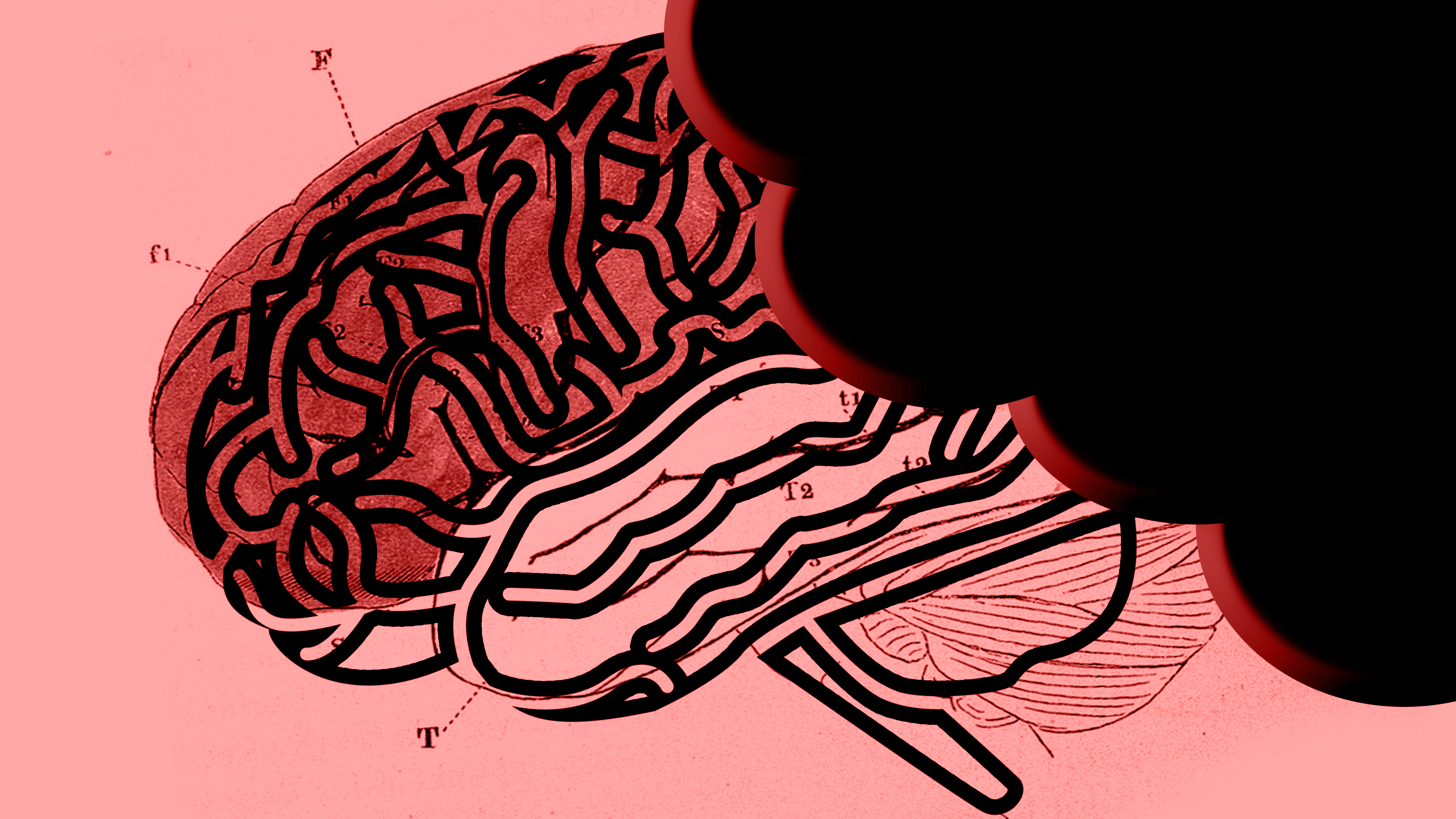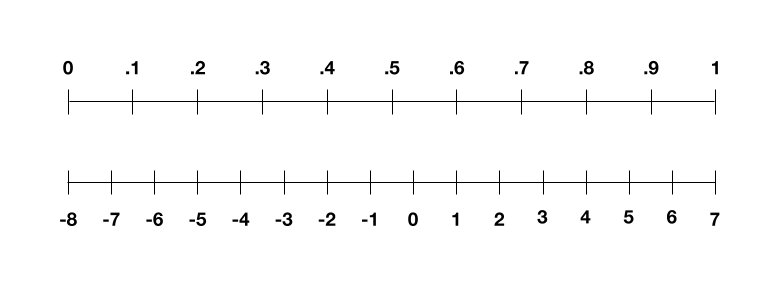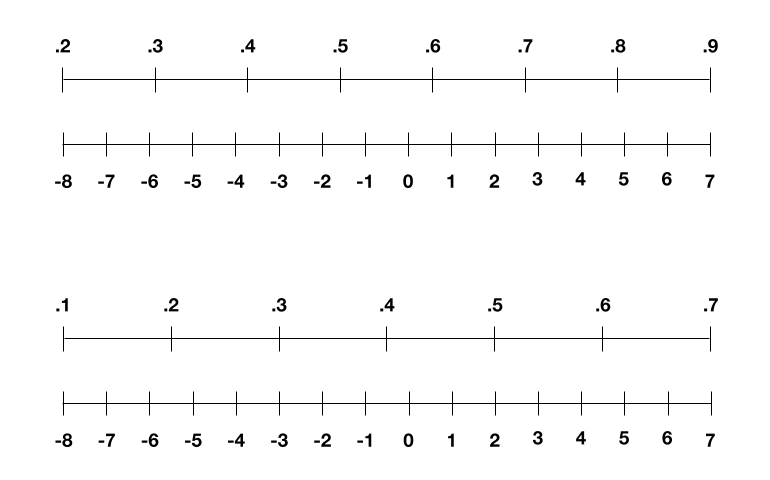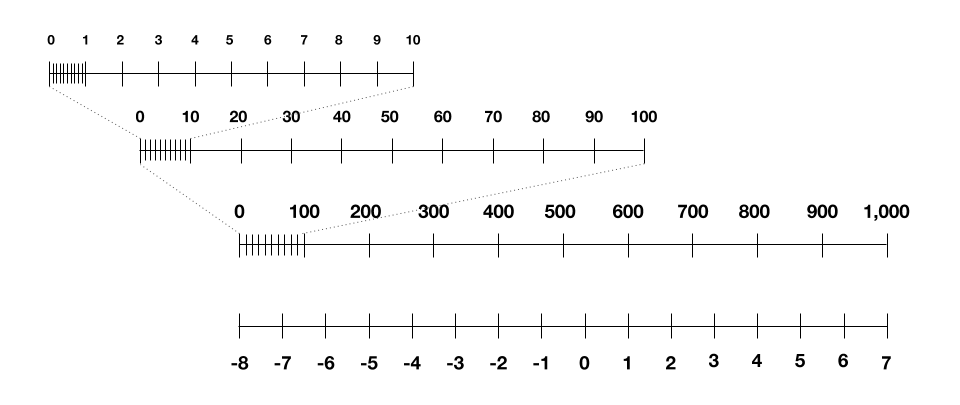Tiny four-bit computers are now all you need to train AI

Deep learning is an inefficient energy hog. It requires massive amounts of data and abundant computational resources, which explodes its electricity consumption. In the last few years, the overall research trend has made the problem worse. Models of gargantuan proportions—trained on billions of data points for several days—are in vogue, and likely won’t be going away any time soon.
Some researchers have rushed to find new directions, like algorithms that can train on less data, or hardware that can run those algorithms faster. Now IBM researchers are proposing a different one. Their idea would reduce the number of bits, or 1s and 0s, needed to represent the data—from 16 bits, the current industry standard, to only four.
The work, which is being presented this week at NeurIPS, the largest annual AI research conference, could increase the speed and cut the energy costs needed to train deep learning by more than sevenfold. It could also make training powerful AI models possible on smartphones and other small devices, which would improve privacy by helping to keep personal data on a local device. And it would make the process more accessible to researchers outside big, resource-rich tech companies.
How bits work
You’ve probably heard before that computers store things in 1s and 0s. These fundamental units of information are known as bits. When a bit is “on,” it corresponds with a 1; when it’s “off,” it turns into a 0. Each bit, in other words, can store only two pieces of information.
But once you string them together, the amount of information you can encode grows exponentially. Two bits can represent four pieces of information because there are 2^2 combinations: 00, 01, 10, and 11. Four bits can represent 2^4, or 16 pieces of information. Eight bits can represent 2^8, or 256. And so on.
The right combination of bits can represent types of data like numbers, letters, and colors, or types of operations like addition, subtraction, and comparison. Most laptops these days are 32- or 64-bit computers. That doesn’t mean the computer can only encode 2^32 or 2^64 pieces of information total. (That would be a very wimpy computer.) It means that it can use that many bits of complexity to encode each piece of data or individual operation.
4-bit deep learning
So what does 4-bit training mean? Well, to start, we have a 4-bit computer, and thus 4 bits of complexity. One way to think about this: every single number we use during the training process has to be one of 16 whole numbers between -8 and 7, because these are the only numbers our computer can represent. That goes for the data points we feed into the neural network, the numbers we use to represent the neural network, and the intermediate numbers we need to store during training.
So how do we do this? Let’s first think about the training data. Imagine it’s a whole bunch of black-and-white images. Step one: we need to convert those images into numbers, so the computer can understand them. We do this by representing each pixel in terms of its grayscale value—0 for black, 1 for white, and the decimals between for the shades of gray. Our image is now a list of numbers ranging from 0 to 1. But in 4-bit land, we need it to range from -8 to 7. The trick here is to linearly scale our list of numbers, so 0 becomes -8 and 1 becomes 7, and the decimals map to the integers in the middle. So:

This process isn’t perfect. If you started with the number 0.3, say, you would end up with the scaled number -3.5. But our four bits can only represent whole numbers, so you have to round -3.5 to -4. You end up losing some of the gray shades, or so-called precision, in your image. You can see what that looks like in the image below.
This trick isn’t too shabby for the training data. But when we apply it again to the neural network itself, things get a bit more complicated.
We often see neural networks drawn as something with nodes and connections, like the image above. But to a computer, these also turn into a series of numbers. Each node has a so-called activation value, which usually ranges from 0 to 1, and each connection has a weight, which usually ranges from -1 to 1.
We could scale these in the same way we did with our pixels, but activations and weights also change with every round of training. For example, sometimes the activations range from 0.2 to 0.9 in one round and 0.1 to 0.7 in another. So the IBM group figured out a new trick back in 2018: to rescale those ranges to stretch between -8 and 7 in every round (as shown below), which effectively avoids losing too much precision.

But then we’re left with one final piece: how to represent in four bits the intermediate values that crop up during training. What’s challenging is that these values can span across several orders of magnitude, unlike the numbers we were handling for our images, weights, and activations. They can be tiny, like 0.001, or huge, like 1,000. Trying to linearly scale this to between -8 and 7 loses all the granularity at the tiny end of the scale.

After two years of research, the researchers finally cracked the puzzle: borrowing an existing idea from others, they scale these intermediate numbers logarithmically. To see what I mean, below is a logarithmic scale you might recognize, with a so-called “base” of 10, using only four bits of complexity. (The researchers instead use a base of 4, because trial and error showed that this worked best.) You can see how it lets you encode both tiny and large numbers within the bit constraints.

With all these pieces in place, this latest paper shows how they come together. The IBM researchers run several experiments where they simulate 4-bit training for a variety of deep-learning models in computer vision, speech, and natural-language processing. The results show a limited loss of accuracy in the models’ overall performance compared with 16-bit deep learning. The process is also more than seven times faster and seven times more energy efficient.
Future work
There are still several more steps before 4-bit deep learning becomes an actual practice. The paper only simulates the results of this kind of training. Doing it in the real world would require new 4-bit hardware. In 2019, IBM Research launched an AI Hardware Center to accelerate the process of developing and producing such equipment. Kailash Gopalakrishnan, an IBM fellow and senior manager who oversaw this work, says he expects to have 4-bit hardware ready for deep-learning training in three to four years.
Boris Murmann, a professor at Stanford who was not involved in the research, calls the results exciting. “This advancement opens the door for training in resource-constrained environments,” he says. It wouldn’t necessarily make new applications possible, but it would make existing ones faster and less battery-draining “by a good margin.” Apple and Google, for example, have increasingly sought to move the process of training their AI models, like speech-to-text and autocorrect systems, away from the cloud and onto user phones. This preserves users’ privacy by keeping their data on their own phone while still improving the device’s AI capabilities.
But Murmann also notes that more needs to be done to verify the soundness of the research. In 2016, his group published a paper that demonstrated 5-bit training. But the approach didn’t hold up over the years. “Our simple approach fell apart because neural networks became a lot more sensitive,” he says. “So it’s not clear if a technique like this would also survive the test of time.”
Nonetheless, the paper “will motivate other people to look at this very carefully and stimulate new ideas,” he says. “This is a very welcome advancement.”
Deep Dive
Artificial intelligence
Large language models can do jaw-dropping things. But nobody knows exactly why.
And that's a problem. Figuring it out is one of the biggest scientific puzzles of our time and a crucial step towards controlling more powerful future models.
Google DeepMind’s new generative model makes Super Mario–like games from scratch
Genie learns how to control games by watching hours and hours of video. It could help train next-gen robots too.
What’s next for generative video
OpenAI's Sora has raised the bar for AI moviemaking. Here are four things to bear in mind as we wrap our heads around what's coming.
Stay connected
Get the latest updates from
MIT Technology Review
Discover special offers, top stories, upcoming events, and more.